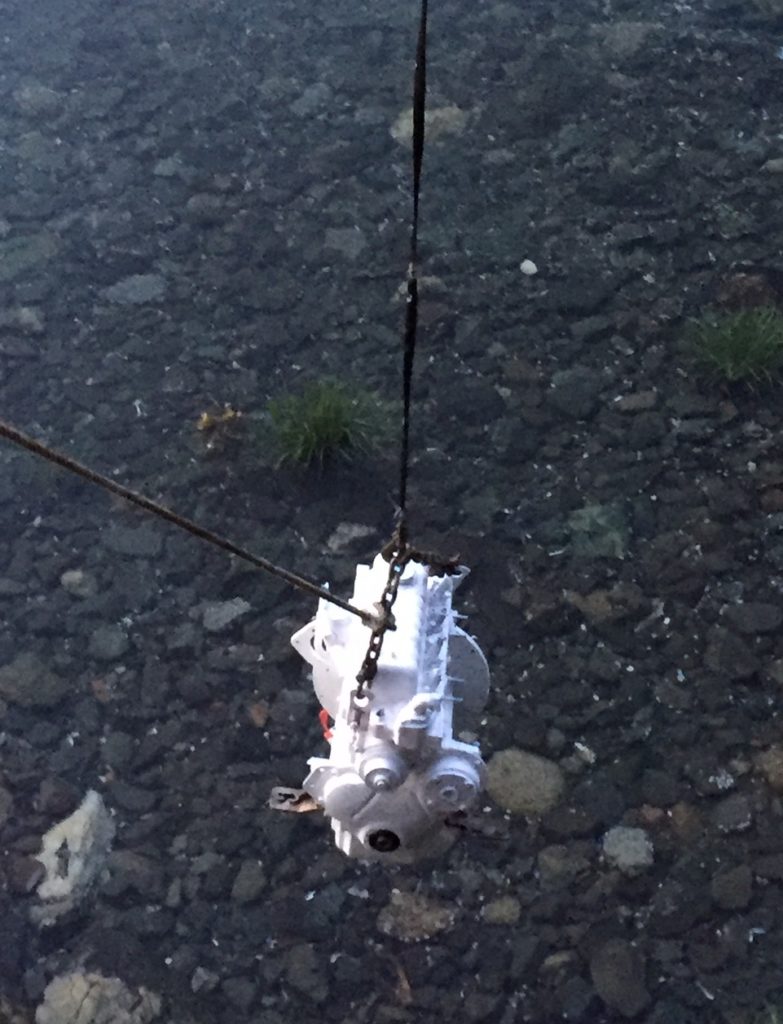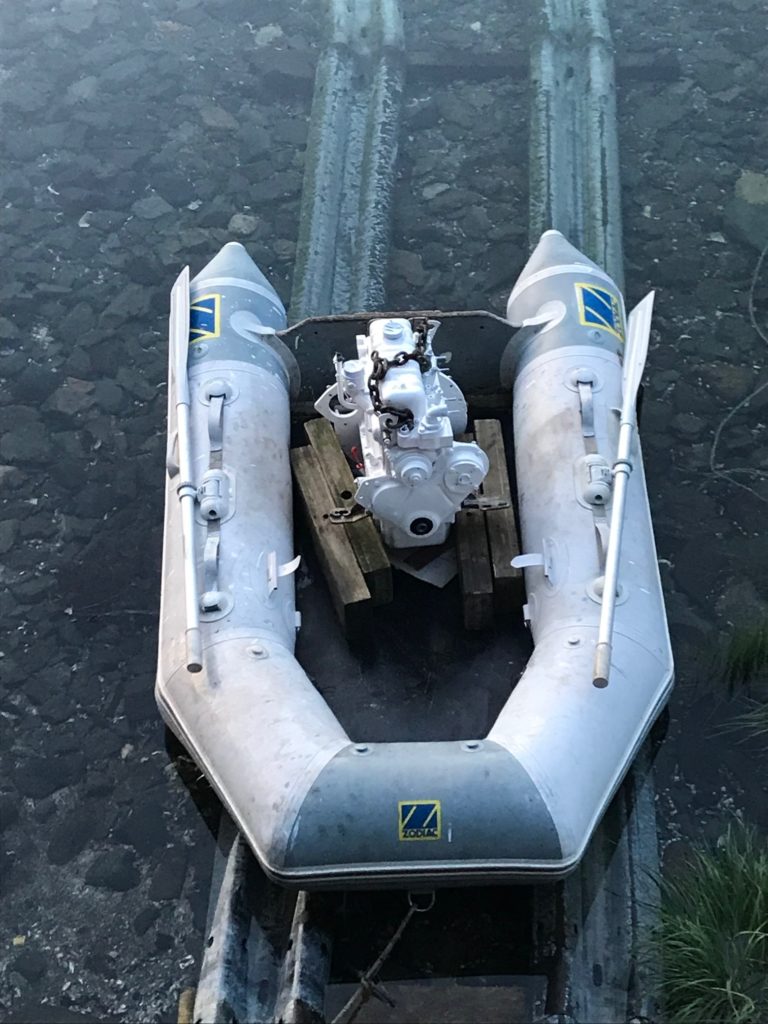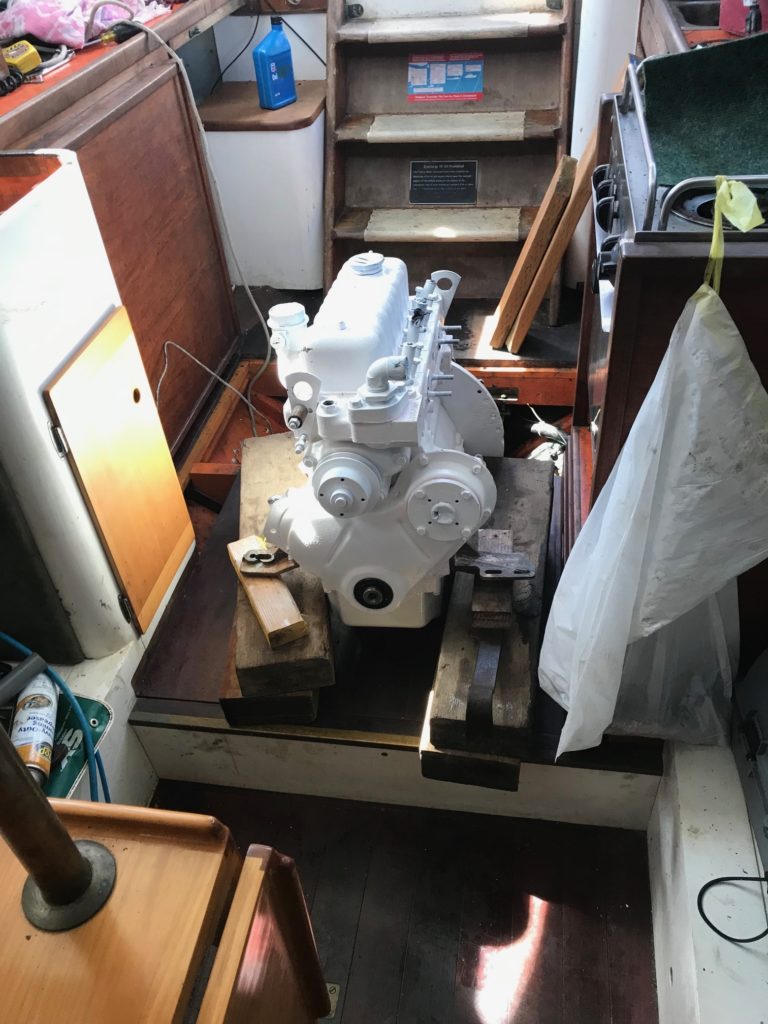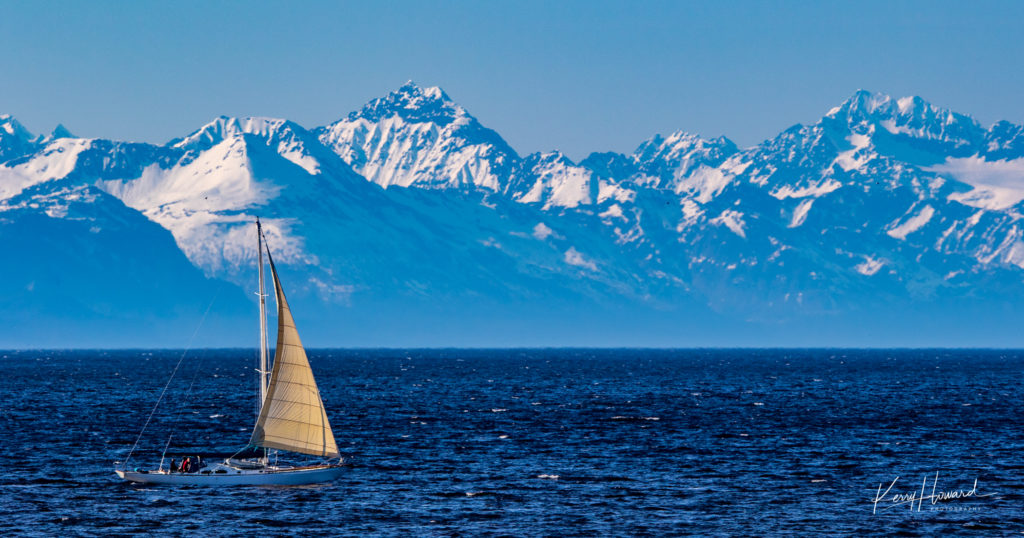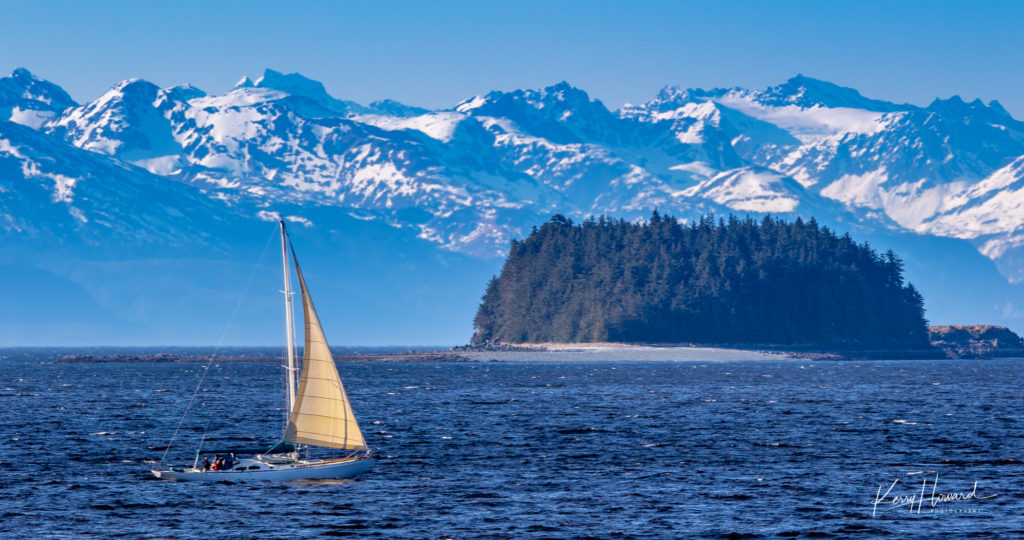I was once labeled as a “tree hugger”. Which is pretty funny to me considering I have a wooden boat! I love wood. I’ve always been drawn to wood and water. While I admit that fiberglass makes a good boat hull, it does not resonate with whatever it is that makes me me.
Now you would think that being called a tree hugger wouldn’t be a bad thing for someone who likes wood. And its not. It’s true that I love trees and don’t cut them down without a lot of consideration. But “tree hugger” gets used as a derogatory term for environmentalists. I’ve got nothing against protecting the environment or protecting trees. I approve of having lots of both. But to own a wooden boat, you have to approve of cutting down trees. Otherwise you don’t have any timber for building. And you then use a lot of poisons and potions to keep the wood from rotting, so really, it isn’t exactly an environmentally friendly activity. You basically do everything possible to stop nature from taking its course with your wooden boat.
But tree huggers get blamed for denying people the right to work. It’s clearly a pejorative. Its odd that environmentalists get a bad rap. When I was a young boy the rivers in the Great Lakes region caught fire repeatedly. It was when the Cuyahoga River caught fire in 1969 that it also ignited a fire storm of public protest. I don’t know anybody who thinks that burning water is a good thing, so the environmental movement must be good for something. Although I’ve heard that some of those rivers were good for cleaning the growth off your boat. So I guess that might be the silver lining of that smokey cloud. Anyway that burning river started what became known as the environmental movement in the United States. Clean water and clean air became a priority. It had it’s impact on all industries, including logging. Whether or not the “movement” overstepped it’s need and bounds is not the focus of my commentary here and is better saved for arguments at the pub. It’s birth was from necessity.
Anyway, I was accused of being a tree hugger. Not kindly. The event came to pass at a party at a friend’s house. There was a keg of beer and a lot of people who volunteered to help drink it. To get to the party one had to navigate a fairly long drive, downhill to the house. The drive passed near the base of a large spruce tree that apparently caused a number of party goers some nerves, as it is the nature of such trees to attack cars that pass too closely.
The party had moved outside and a lot of participants where gathered around the offending tree, someone brought out a chainsaw. The plan being to drop this tree before it could cause any more trouble. This was not just a big tree. It was (and still is) a Sitka spruce tree. Spruce is the strongest wood by weight on the planet. It is lightweight, so as an example it isn’t stronger than oak for the same dimension. It is stronger that a piece of oak of the same weight. Which is why it makes such good spars for both boats and airplanes. When these trees grow slowly over hundreds of years they are subjected to continual cyclic loading from the wind and for all I know from the rotation of the planet. They form a perfect structure for any lightweight system that needs to resist cyclic fatigue. Lightweight, strong and relatively stiff. They also happen to be excellent for guitar faces and piano sounding boards.
The particular tree under consideration was about three feet in diameter, maybe as much as 40-inches. It was completely straight, perfectly round in cross-section and had no limbs for at least 30-feet so the base of the tree would be clear lumber. It was perhaps the most beautiful tree I had ever seen. Not the biggest spruce I’d ever seen, but it was obviously full of straight-grained, knot-free wood. The fact that it was next to a road made it all the more desirable from the standpoint of timber because it was accessible.
I live in a temperate rain forest. It is full of trees. It’s called the Tongass National Forest. It is the largest national forest in the United States. It is nearly 17-million acres of which nearly 10-million is forested. I don’t have figures on what the spruce population of this forest is, but spruce is abundant. I can tell you this for certain, as a guy who walks through the forest noticing trees that one might make spars from, spar trees are rare despite the abundance of spruce trees. To compound the problem, as the climate changes the younger trees do not develop in the same manner as the old trees. This is not a comment about global warming, it’s just a fact that the ice that once covered this region has been melting for a long time. Trees that grew here when temperatures where lower due to the higher mass of ice grew at a slower pace.
When you examine a piece of spruce you notice that its grain is long, and straight. It has light coloration, nearly white with fine tan colored pinstripes. Those pinstripes are the winter wood. It is denser than the light summer wood. In trees that grow during warmer winters that winter wood is more abundant which results in wider pinstripes. Usually the light summer wood is wider as well. Overall this is a less desirable piece if strength and fatigue resistance is a major concern. You want to find a tree that has about 25-growth rings to the inch with the darker winter wood nothing more than a faint line that you can barely see. The grain needs to run parallel to the length of the board after it is cut, so a straight tree is needed to start and someone who knows how to cut it needs to be involved. It’s true that trees are a renewable resource if your intended purpose can utilize trees that are 60 or 100 years old with growth rings that number 8 or 10 to the inch. It’s the trees that only grown an inch in 25 years that need 300 years to be two feet in diameter that aren’t renewable. If we went away and left the forest alone for 500 years we might not get these trees back unless we could replicate the climate that produced them in the first place.
And here, standing next to my friend’s driveway is just such a tree with a bunch of drunks proposing to cut it down for firewood. I proposed that the tree could serve a much better purpose than firewood. Spruce is actually a pretty lousy species for firewood as it doesn’t have a lot of BTU’s compared to something denser. Granted it can be very nice to split when it is knot-free and has nice straight grain, which is exactly the reason not to turn those bits into firewood. At my proposal of utilizing the tree for a better purpose it was suggested that some of it could be turned into a bench or maybe a picnic table.
This was when I earned my label. I stepped in and said something like, “You’ll make that tree into a picnic table over my dead body”. I went on to explain that it was a noble enough tree that there should be a plan in place for the timber before it was taken down. That in my view it was like losing one’s virginity, you only got to do it once. Why piss it away? This was a poor choice of words considering the crowd. I was in danger of being lynched. Luckily the limbs on the tree where too high to get a rope over.
It is ironic that I have a spruce table in my house. It’s 8-feet in length, 3-feet wide and made from three planks three inches thick. It’s commonly referred to as a “harvest table” because of its size and robust construction. It was the dining table for a family who built a lumber mill in Juneau at a place called Sunny Point circa 1930. It’s a beautiful old table, made from clear Sitka spruce. But it isn’t spar grade timber. The grain is not straight and it only has about 12 rings per inch. It came from a tree near the beach that grew quicker because of the warming effect of the sea and it did not grow symmetrical because of better light on the side nearer the beach. Trees that grow spar grade spruce need to grow in protected groves that allow for them to be very straight. They need to have grown in a dense enough pack to prevent a lot of limbs on the lower trunk. They need to get uniform light so that they grow symmetrically and they need to do all of this slowly. The conditions are fairly rare and probably never going to happen again unless we get another ice age. In which case count me out for sticking around to harvest one.
I’ve traveled around Southeast Alaska and can count on one hand the number of times I have walked through sections of forest filled with these kind of trees. The forest canopy is far overhead with almost no undergrowth (unheard of in much of this forest). When it rains almost none of it reaches the ground because the canopy is so dense. The ground is covered with spruce needles and moss in a carpet that is soft and quiet. The experience is such that I am glad some of the ancient forest exists. But let’s be clear here. I coveted the tree that is the subject of this narrative because I could visualize what was inside it and I wanted it for myself, or at least someone else who would utilize the timber for something for which it was suited. I don’t mind using the resource. What I rage against is wasting it!
People look around at the forest here and think we have more trees than we know what to do with. As time goes on, fewer and fewer people have a need for quality wood, which just amplifies how ignorant people are of how rare spar grade trees are. Since most of the Tongass National Forest is without roads, finding one you can get to and get to a lumber mill is even harder. In my view, cutting one down and not making a spar out of it is a sin against nature.
Sadly most people view wood as an inferior material. The fact that the skills needed to work with it are easily obtained and the tools are relatively simple doesn’t seem to have much impact on the perception of a society that places more value on immediate gratification and a supply of cheap consumer goods. The truth is the average person doesn’t understand the difference between one piece of wood and another. In reference to spars, most people would tell you that aluminum is superior because it doesn’t rot. Aluminum has it’s own set of problems, but the biggest factor in aluminum spars becoming the standard is that it can be mass produced. Well that and those spar grade trees are getting hard to find.
Sadly, it isn’t just spruce trees that are harder to find. Good boat lumber is harder to source now than ever. It’s good that the world is waking up to the idea that it is a limited resource, but it doesn’t make the job of keeping a vintage wooden boat on the water any easier. It isn’t just wood. As technology changes and building practices evolve there are a lot of things that were once common that are now hard to find. Even yacht paint is becoming a niche market.
Getting back to the party and the protected tree. I hung around that evening until it was too dark to be cutting down trees. By morning the desire had apparently died down as the tree is still there, some 20-years later. I visited it recently because I was curious. I doubt at this point in my life that I will be making a new spar for Leda. Her old one is doing just fine. But it was comforting to know the tree is still there. Like visiting an old friend, I gave it a good hug for old time sake.
